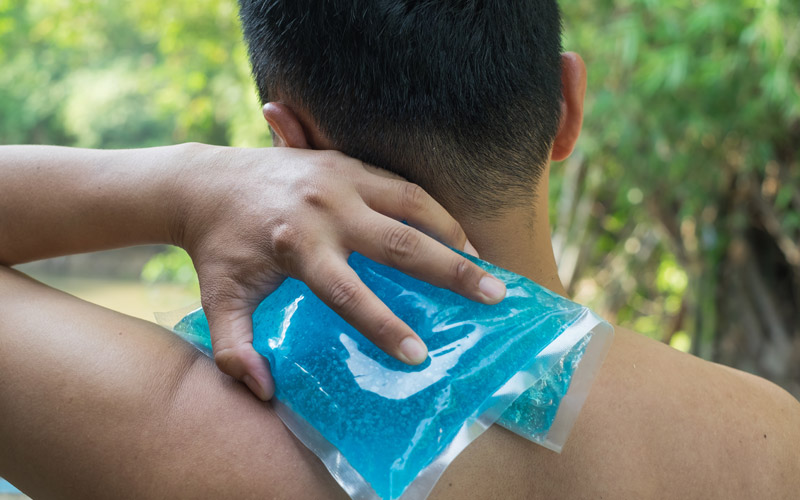Hot or Cold? Know Which One to Go for When an Injury Strikes
April 19 2018
Did you just sprain your ankle or pulled your hamstring and you don’t know whether to apply hot or cold compress? You are not alone. A lot of people have a hard time deciding whether hot or cold is the right one for the problem. Continue reading to learn once and for all when to rely on hot and when to utilize cold when an injury hits.
When to Use Hot Therapy
Hot therapy is best for muscle injuries. When your muscles feel stiff and inflamed, count on a hot compress to attain relief from the problem. The application of heat is very good at relaxing and loosening the affected muscles, regardless if they are in your legs, lower back, shoulders or neck. Heat may also be applied on muscles before working out in order to make them more elastic, thus lowering your risk of having them injured.
It’s exactly for the reason that heat is an excellent remedy for injured muscles why liniments were formulated to generate a feeling of warmth when applied on problem areas. The sensation produced helps soothe injured muscles, effectively reducing the symptoms it comes with such as pain, stiffness and inflammation.
When NOT to Use Hot Therapy
Utilizing hot therapy on injured sites that already feels hot to the touch — except for strained or pulled, or overused muscles — is a definite no-no as it can make matters worse. You see, heat promotes blood circulation to the site where it’s applied.
An injured ankle, knee or elbow feels warm because your body has already diverted a lot of blood to the site in order to start the healing process — heat application will only cause the injured site to get even more swollen and painful! What you need to do is have the inflammation reduced with the help of cold therapy.
When to Use Cold Therapy
Generally speaking, cold therapy comes in handy whenever you are suffering from an acute injury, such as when you landed on the side of your feet or you tripped and your hand broke your fall at the expense of your wrist. Applying ice is also beneficial for banged areas of the body to reduce bruising.
Just about any injured part of the body that feels warm to the touch, appears red and feels inflamed can use some cold therapy. Cold reduces blood flow to the area, thus controlling swelling. The application of cold helps put a stop not only to inflammation but also pain. Basically speaking, opting for cold therapy is like numbing the pain without popping a painkiller in your mouth that yields a plethora of side effects.
When NOT to Use Cold Therapy
Basically, you should refrain from placing cold compress on muscles that are strained or pulled, or painful as a result of overuse. This is especially true if the injury is a fresh one. Otherwise, the symptoms may only worsen!
If you are bothered by a painful lower back or neck, it’s not a good idea to rely on cold therapy to attain relief from the symptoms because it will only aggravate them. As a general rule of thumb, stick to the application of hot compress to injured muscles, and opt for cold compress for problems concerning the joints and ligaments.
When to Alternate Hot and Cold
After about 3 to 5 days of relying on hot or cold therapy, experts say that it is a good idea to consider alternating hot and cold therapy. The changes in temperature cause the blood vessels to expand and contract, supplying the area with more oxygen- and nutrient-rich blood while at the same time accelerating the removal of waste products. In other words, alternating hot and cold therapy helps accelerate the healing process.
Sourced from HealthDigezt.
